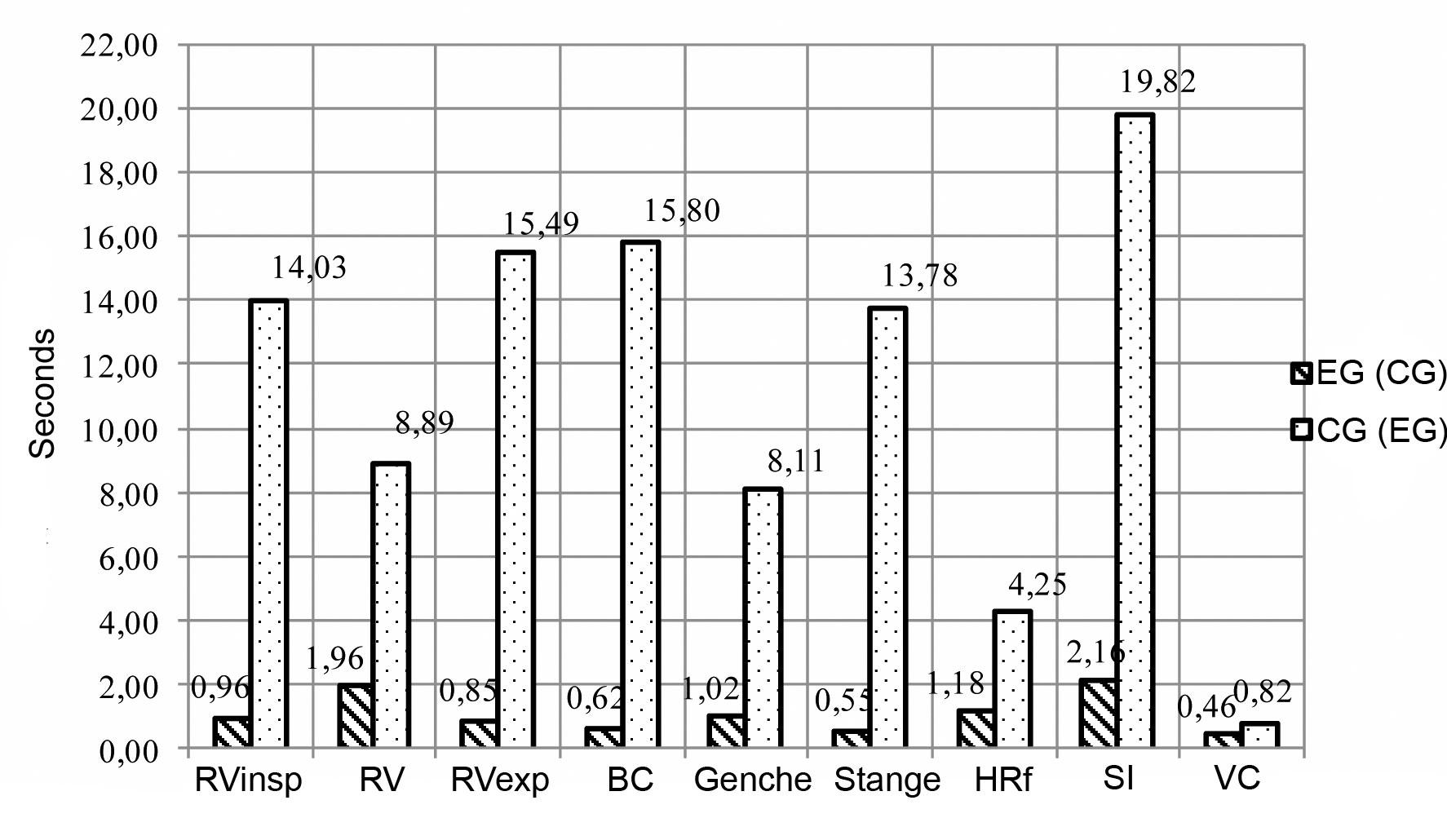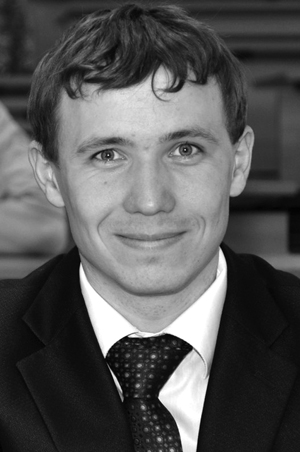Training Runners Based on the Use of Interval Exogenous Respiratory Hypoxic Training
Фотографии:
ˑ:
A.I. Morozov, postgraduate
I.Sh. Mutaeva, professor, Ph.D.
Neberezhnye Chelny branch of Volga region state academy of physical culture, sport and tourism, Neberezhnye Chelny
Key words: artificial hypoxia, middle-distance track and field athletes, hypoxicator Summit Vershina, diaphragmal mask "Elevation training mask", system "Garmin Forerunner 310 XT".
Relevance. Many researchers and practitioners claim that along with performance of physical exercises athletes are to pay special attention to the use of additional means and other methods of training as integratively constituents of means of purposeful influence on functional processes (L.V. Konovalova, 2011; S.L. Gritsenko, 2012). Hypoxic training is one of such methods. This method is based on the stimulating and adapting action of reduced oxygen breathing (N.I. Volkov, 2003; S.G. Krivoschekov, 2007); and adaptation to hypoxia in mountain conditions (M.V. Balykin, 2003; Yu.V. Vysochin, 2008).
Proceeding from the analysis of scientific researches, both domestic and foreign athletes use different variants of hypoxic stimulation (A.S. Golovina, 2007; M.M. Bulatova, 2008).
But the issue of using various types of artificial hypoxia combined with each other is still understudied.
All the above actualizes the problem of using non-training methods, particularly different types of hypoxia, in training of track and field athletes at the phase of sports perfection.
The purpose of the study was the experimental substantiation of the technology of training runners based on the use of interval exogenous respiratory hypoxic training.
The research methods included analysis and generalization of literature, educational test, analysis of sports documentation, instant diagnosis of functional status and body's spare capacities "D&K Test" by S.A. Dushanin, educational experiment, methods of mathematical statistics.
Research organization. The experimental work was carried out in the period from 2010 to 2014 in the municipal independent educational institution of further education Children’s sport school "Yar Chally", specialized children’s sport school of Olympic reserve №12 in Naberezhnye Chelny. The educational experiment involving middle-distance track and field athletes, aged 17-22, was organized and conducted. One experimental and one control groups of 15 people with sports categories and ranks (mass categories and CMS) were formed.
Results and discussion. At the first phase of our research professionals and athletes were subject to a questionnaire survey. The questionnaire survey involved trainers and athletes of national teams, leaders of federations, trainers of republics and regions of the Russian Federation etc. The total number of interviewed was 20 specialists and 50 middle-distance runners. Specialists note that they have been using a fairly narrow range of traditional means of hypoxic effect over many years. Staying in the midlands (Kislovodsk) is marked most often (in almost 100% of cases). It should be noted that the range of used means of hypoxic effect in single athletes varies and depends largely on fitness level, material and technical conditions. The need to plan the use of different hypoxic effects in microcycles in the annual training cycle was marked by 85% of respondents. According to experts, the preparatory phase should contain up to 8 microcycles.
The significance of the right combination of training loads with different hypoxic effects was noted in responses of specialists in the preparatory period (81% of respondents). Among hypoxic measures offered to athletes, 73,3% of respondents indicate leaving for midlands; 9,3% of respondents - devices, delivering air with reduced oxygen content; 3,4% - altitude tents. When analyzing responses to the question of the way how hypoxic measures influence athletes’ successful performance, the results obtained were the following: 73,0% of respondents marked staying in conditions of natural hypoxia; 16,7% - staying in conditions of artificial hypoxia; 7,3% marked sleeping in conditions of hypoxia.
In the training process athletes use hypoxic and information means such as: hypoxicator Summit “Vershina”, diaphragmal mask "Elevation training mask", system “Garmin Forerunner 310XT”, pulse oximeter “Oxy-Pulse” and system of data analysis “Garmin Connect”.
Workshops on the familiarization and the use of the diaphragmal mask "Elevation training" and the hypoxicator Summit “Vershina” were conducted with participants of the experiment, as well as with information means that implement interval exogenous respiratory hypoxic training, using the pulse oximeter “Oxy-Pulse” and the system “Garmin Forerunner 310XT”.
Training programs were implemented during the experiment, involving the use of hardware hypoxic systems before, during and after training under the experimental procedure.
The crossed experiment was carried out on the first basic-developing phase of the preparatory period (November, December) of the year training cycle of middle distance runners (Ivochkin, 2009).
In the first phase (4-week mesocycle) the experimental procedure was introduced in the training process of the experimental group of runners. Athletes of the control group trained in compliance with the model program for children’s sport school (Ivochkin, 2009).
Upon completion of the first phase all studied parameters characterizing functional fitness tended to change significantly in the experimental and control groups.
Figure 1 shows the indicators that characterize the functional status of the respiratory system.

Fig. 1. The increment of the indices of the respiratory system of athletes of the experimental and control groups during the period of the first phase
The changes were more remarkable among athletes of the EG, rather than among those in the CG. So, the result in the vital capacity index in the EG was equal to 4159,07 +32,03 ml, the increment was 104,33 ml (2,58%), and in the CG - 4149,67 +19,46 ml, the increment was 42,27 ml (1,03%).
In the indices of inspired and expired reserve volume in the experimental group, the result was 1,74 +0,02 l and 2,11+0,02 l, the increment was 0,29 l (19,84%) and 0,31 l (20,49%), respectively; in the control group - 1,50+0,01 l and 1,81+0,03 l, the increment was - 0,29 l (3,98%) and 0,31 l (4,63%); the indicators "Respiratory volume” and "Breathing capacity" were equal to 0,75+0,03 l and 2,79+0,02 l, the increment was 0,09 l (12,00%) and 0,47 l (20,49%), respectively, in the control group - 0,71,+0,03 l and 2,40+0,03 l, the increment was - 0,02 l (2,70%) and 0,04 l (1,70%).
The indicators of Stange and Gençhe’s tests in the experimental group were equal to 97,50+0,41 s and 57,13+0,43 s, the increment was 13 s (14,03%) and 6 s (11,00%), respectively, in the control group - 87,07,+0,55 s and 52,87+0,77 s, the increment was 3 s (3,48%) and 1 s (2,85%).
Heart rate indicators at rest and the Skibinsky index equaled 66,93 +0,67 bpm and 6065,13+56,68 c.u., the increment was 1 bpm (3,42%) and 11190,47 l (21,29%) respectively, in the control one - 70,53+0,61 bpm and 5130,55+70,56 c.u., the increment was 1 bpm (0,66%) and 255 c.u. (5,23%).
At the end of the first phase in all the investigated indices of respiratory and cardiovascular systems athletes of the experimental group surpassed those of the control group. After the first phase in accordance with the methodology of cross-experiment CG became EG and vice versa, and the experiment continued.
Positive changes occurred in all indicators in the EG (CG), but they were minimal. But despite minor changes, the difference in the indicators was significant (p<0,05). This indicates the presence of the residual effect from application of exogenous respiratory interval hypoxic training.
In the second phase of the experiment athletes of the CG (EG) used sessions of hypoxia within the experimental procedure, in addition to traditional training methods.
By the end of the second phase the results in the EG (CG) changed as follows: VC index - 4178,07+32,03 ml; RVinsp index - 1,76+0,02 l; RVexp index - 2,13+0,01 l; RV index - 0,76 +0,01 l; BC index - 2,81 +0,02 l; Genche's test index - 57,71 +0,37 s; Stange's test index - 98,07+0,45 s; HRf index - 66,93+0,82 bpm; RV index - 6128,78+62,053 bpm. Athletes of the CG (EG) had the following indices fixed: VC amounted to 4183,67+19,46 ml, the increment was 34 ml (0,82%); RVinsp index - 1,71+0,01 l, the increment was 0,21 l (14,03%); RVexp index – 2,13+0,01 l, the increment was 0,28 l (15,49%); RV index - 0,78 +0,02 l, the increment was 0,07 l (8,89%); BC index - 2,78 +0,02 l, the increment was 0,38 l (15,80%); Genche's test index - 57,15 +0,78 s, the increment was 5,0 s (8,11%); Stange's test index - 99,07+0,55 the increment was 12,0 s (13,78%); HRf index - 67,53+0,61 bpm, the increment was 3,0 s (4,25%); BC index - 6147,28+88,77 c.u., the increment was 1016 c.u. (19,82%).
Summarizing the data of the second phase of the study the indices of the respiratory and cardiovascular systems of athletes of the EG (CG) and the CG (EG), it can be concluded that the indices in the CG (EG) enhanced significantly owing to the use of interval exogenous respiratory hypoxic training (Fig. 2).

Fig. 2. The increment in the indices of athletes’ respiratory and cardiovascular systems for the period of the 2nd phase, %
In addition, the residual effect from the use of the procedure was detected in the EG (CG) at the first phase of researches. This suggests that the experimental technique has not only the expressed immediate training effect, but also the cumulative delayed effect. This confirms the efficiency of the experimental procedure.
Conclusion. Hence, a considerably significant improvement of respiratory and cardiovascular indices was marked in the educational experiment. Throughout the experiment, the change in the studied indices in the CG was RVinsp - 20,80% and 18,01%; RV - 13,96% and 11,59%; RVexp - 18,51% and 20,21%; BC - 21,11% and 17,51%; Genche's test - 12,01% and 10,96%; Stange's test - 14,58% and 17,27%; HRf index - 4,6% and 4,91%; RV - 23,45% and 25,05%; VC - 3,04% and 1,85%, and in the EG respectively.
As a result of carried out researches the technology of interval exogenous respiratory hypoxic training was experimentally tested intended to optimize training of middle-distance runners, which includes the use of hardware and information methods such as hypoxicator Summit “Vershina”, diaphragmal mask "Elevation training mask", system "Garmin Forerunner 310 XT", pulse oximeter "Oxy-Pulse" and the test data analysis system "Garmin Connect".
References
- Balykin, M.V. Acid-base homeostasis and its regulation at the high altitude / M.V. Balykin. - Novosibirsk: Nauka, 2003. – P. 143–154. (In Russian)
- Bulatova, M.M. Middle and high altitude and artificial hypoxia in the system of athletes' training / M.M. Bulatov, V.N. Platonov. - Kiev: Sportivnaya meditsina, 2008. – № 1. – P.95–119. (In Russian)
- Volkov N.I. Intermittent hypoxia - a new method of training, rehabilitation and therapy: abstract of doctoral thesis (Biol.) / N. Volkov. – Moscow, 2003. – 25 P. (In Russian)
- Vysochin, Yu.V. Physiological mechanisms of athletes' adaptation to extreme exposures / Yu.V. Vysochin, Yu.P. Denisenko // Pedagogiko-psikhologicheskie i mediko-biologicheskie problemy fizicheskoy kultury i sporta. – 2008. – P. 1. – № 8. – P. 15–26. (Electronic journal) (In Russian)
- Golovina, A.S. Description of individual differences in breathing and heart rate at hypoxia / A.S. Golovina, E.B. Filippova, D.N. Kosenko // Problems of Experimental and Clinical Respiratory Physiology: collected research works. – Tver': TSU, 2007. – P. 8088. (In Russian)
- Gritsenko, S.L. Technology of phased development of special endurance of middle distance runners in the preliminary period / S.L. Gritsenko // Scientific and theoretical journal: Kultura i zdorov'e. – 2012. – № 5 (41). – Voronezh, 2012. – P. 31–35. (In Russian)
- Konovalova, L.V. Development of special physical working capacity of elite female middle-distance runners using ergogenic means: abstract of Ph.D. thesis / L.V. Konovalova; USU. - Naberezhnye Chelny, 2011. – 23 P. (In Russian)
- Krivoshchekov, S.G. Expanding the functional range of respiratory and gas exchange responses after repeated hypoxic exposures / S.G. Krivoshchekov, G.M. Divert, V.E, Divert // Fiziologiya cheloveka. – 2005. – V. 31. – № З. – P. 100–107. (In Russian)
- Platonov, V.N. The system of training Olympic athletes. General theory and its practical applications / V.N. Platonov. – Moscow: Sovetsky sport, 2005. – 820 P. (In Russian)
- Solopov, I.N. Functional training of athletes: monograph / I.N. Solopov, A.I. Shamardin. - Volgograd: PrinTerra-DizigN, 2003. – 263 P. (In Russian)
Corresponding author: sonofgod89@mail.ru




 Журнал "THEORY AND PRACTICE
Журнал "THEORY AND PRACTICE